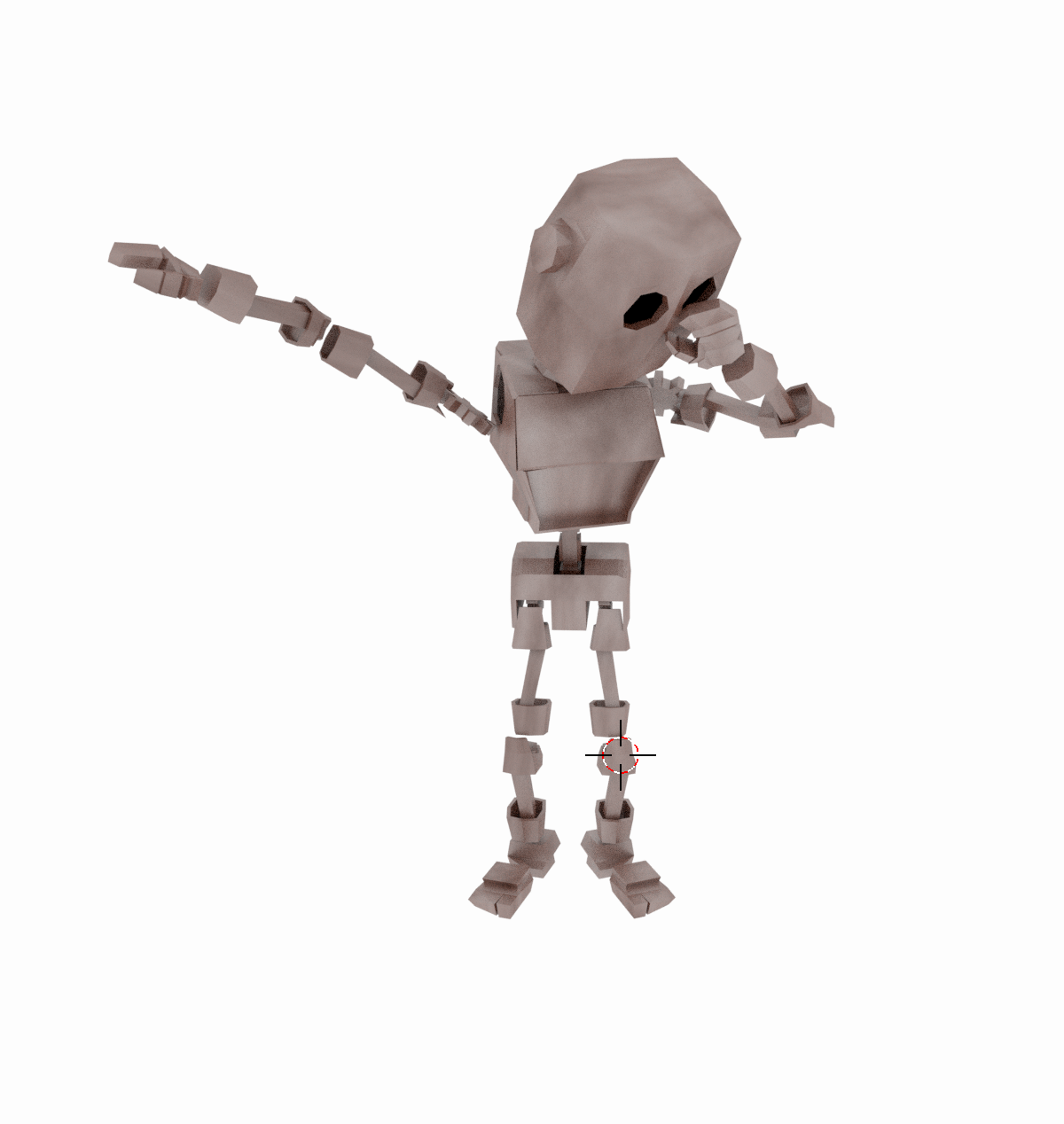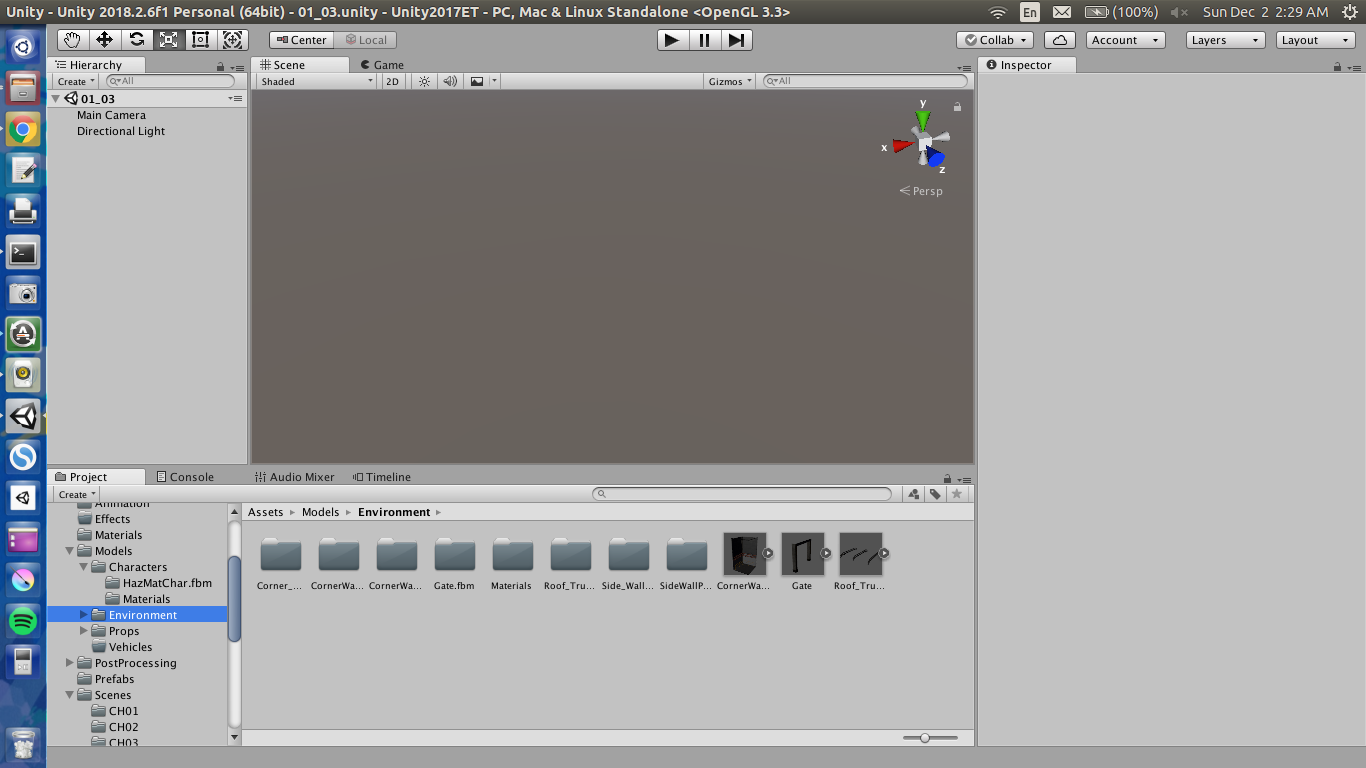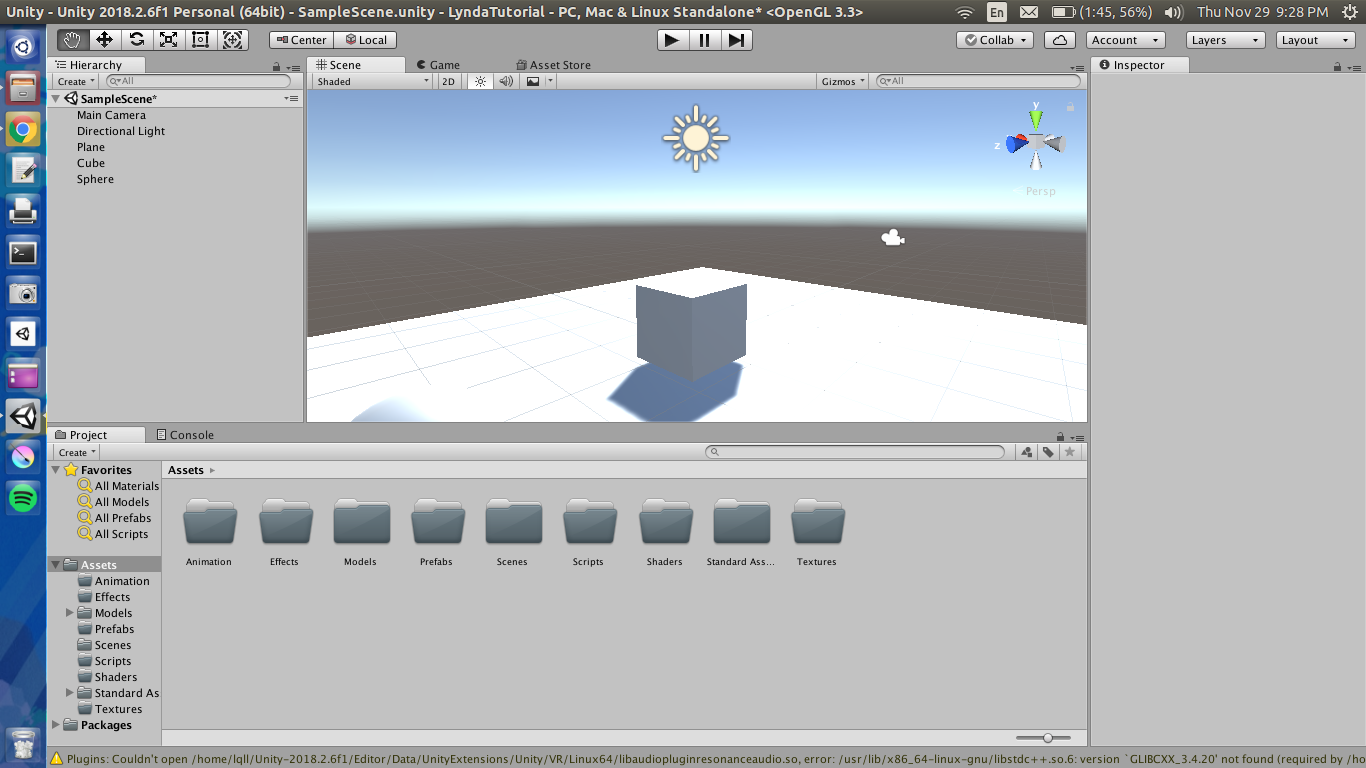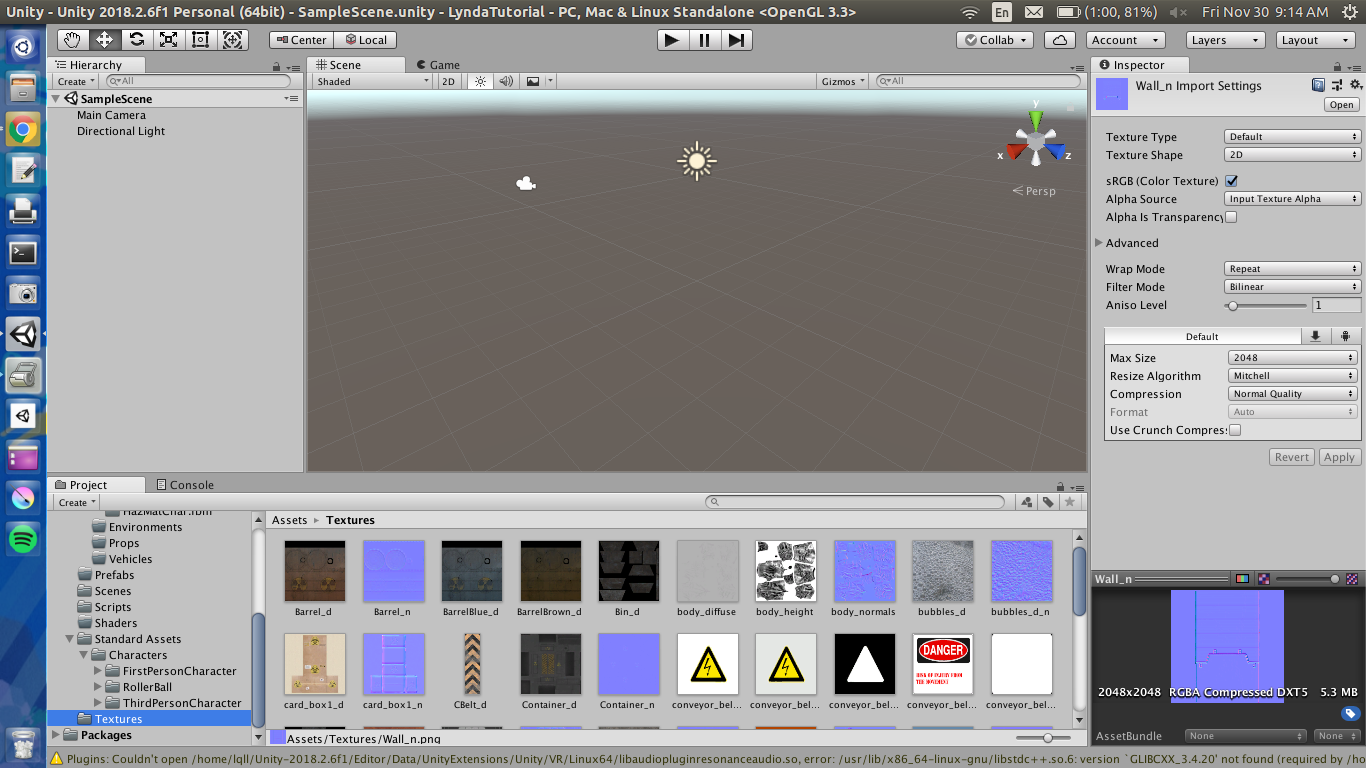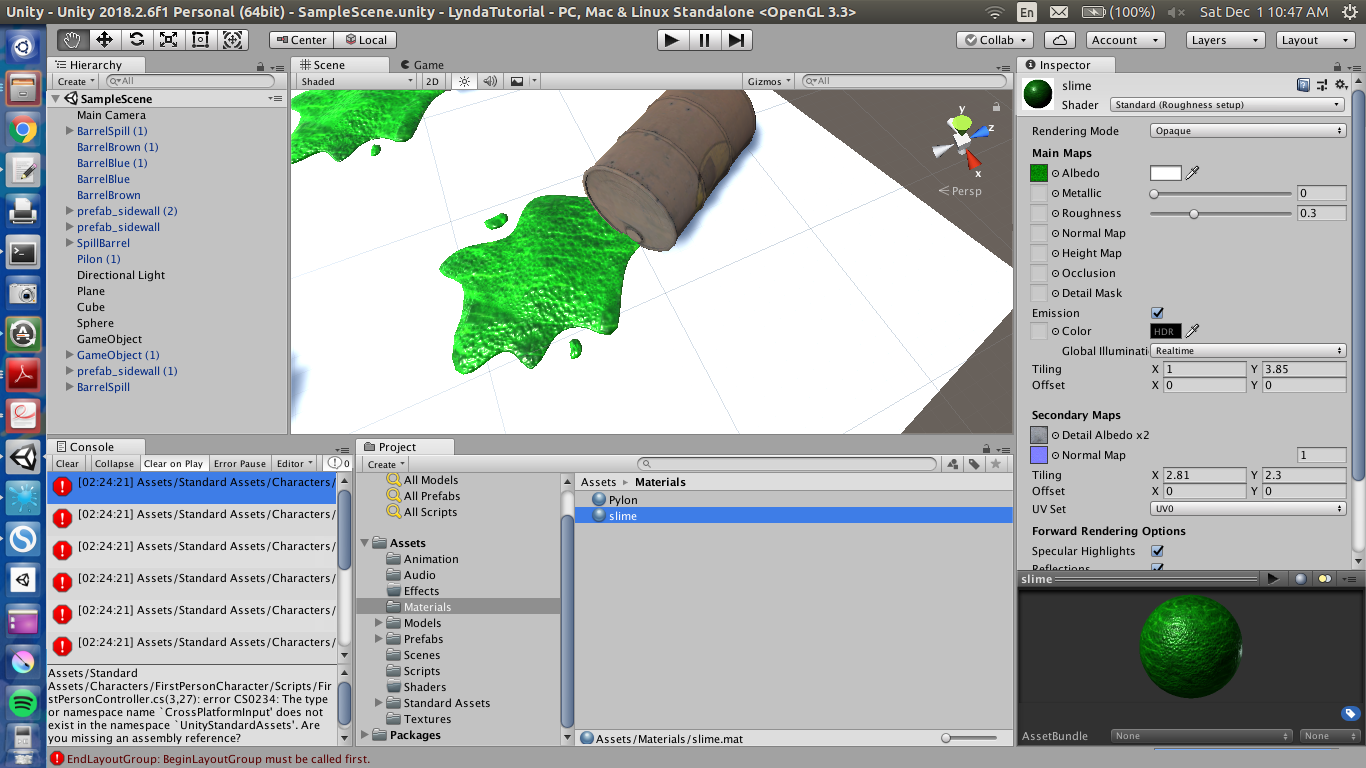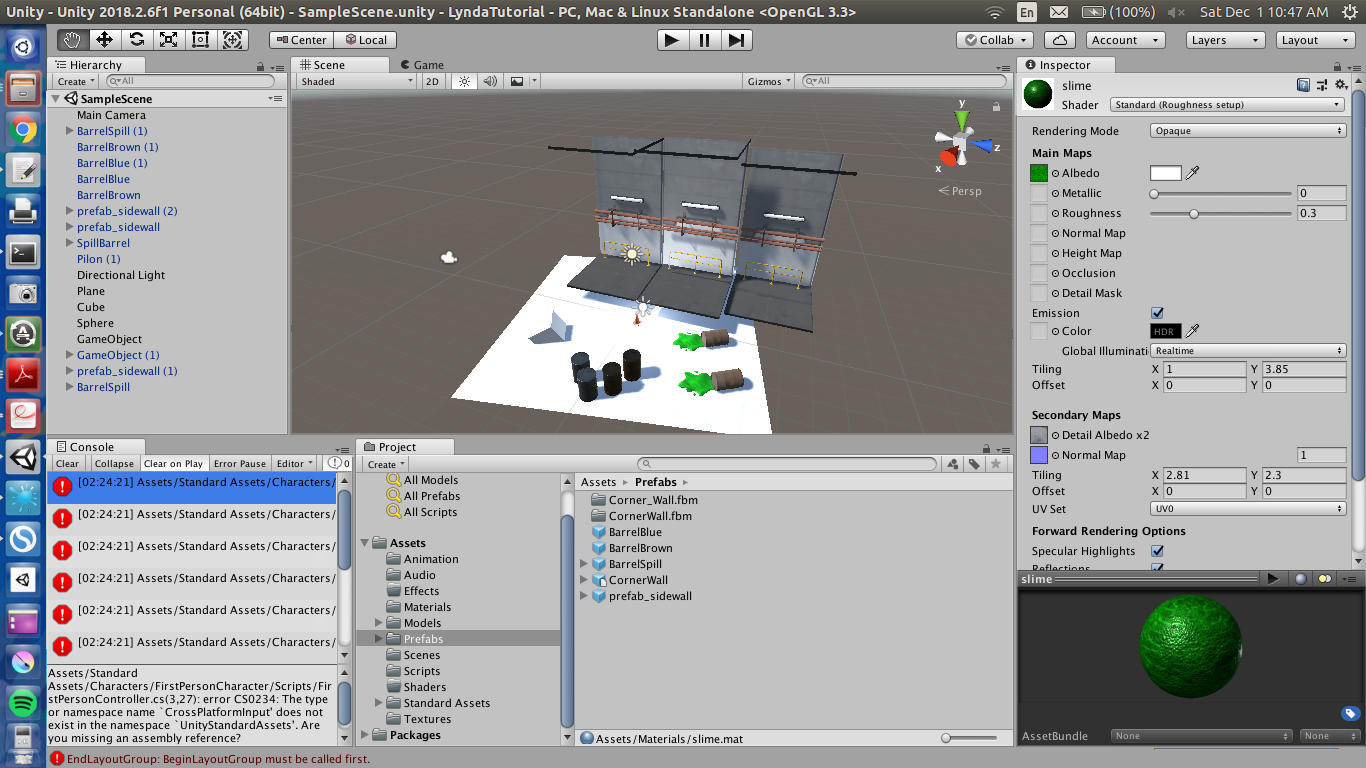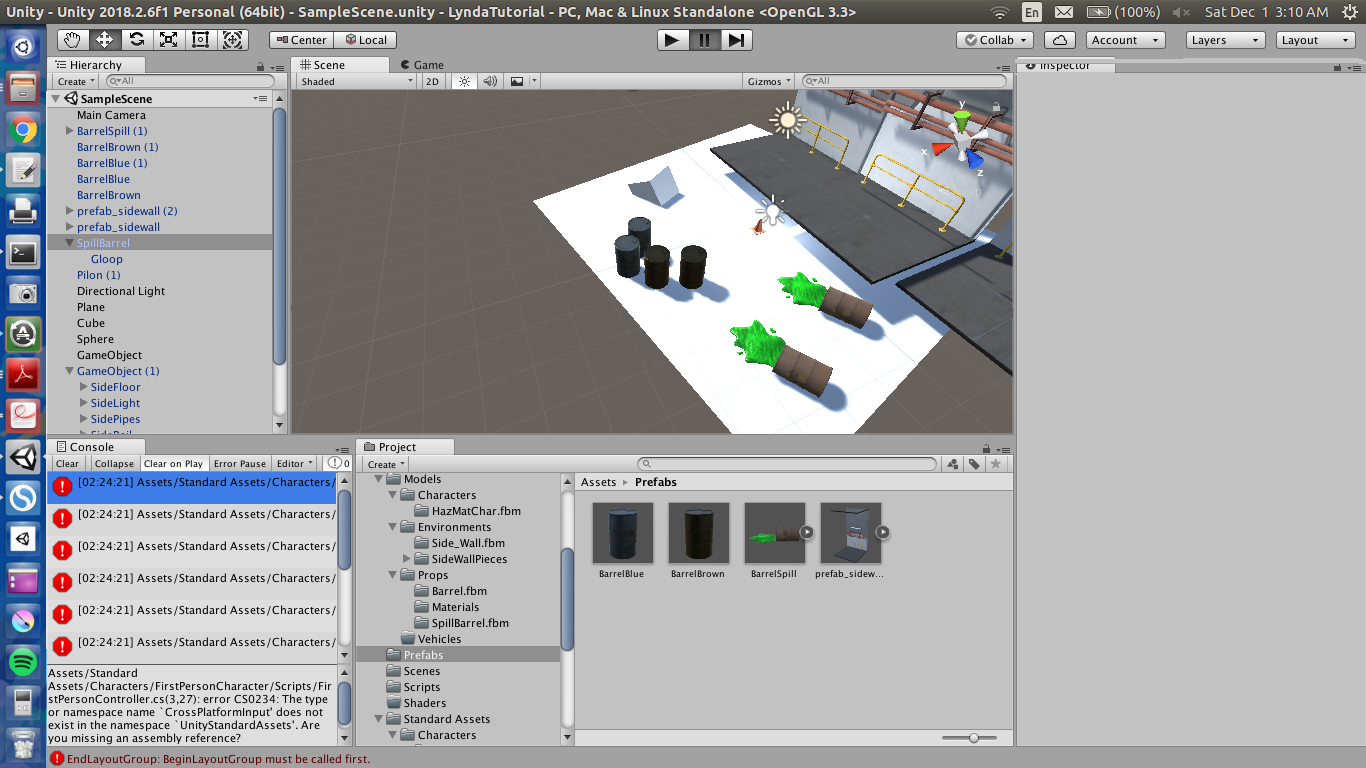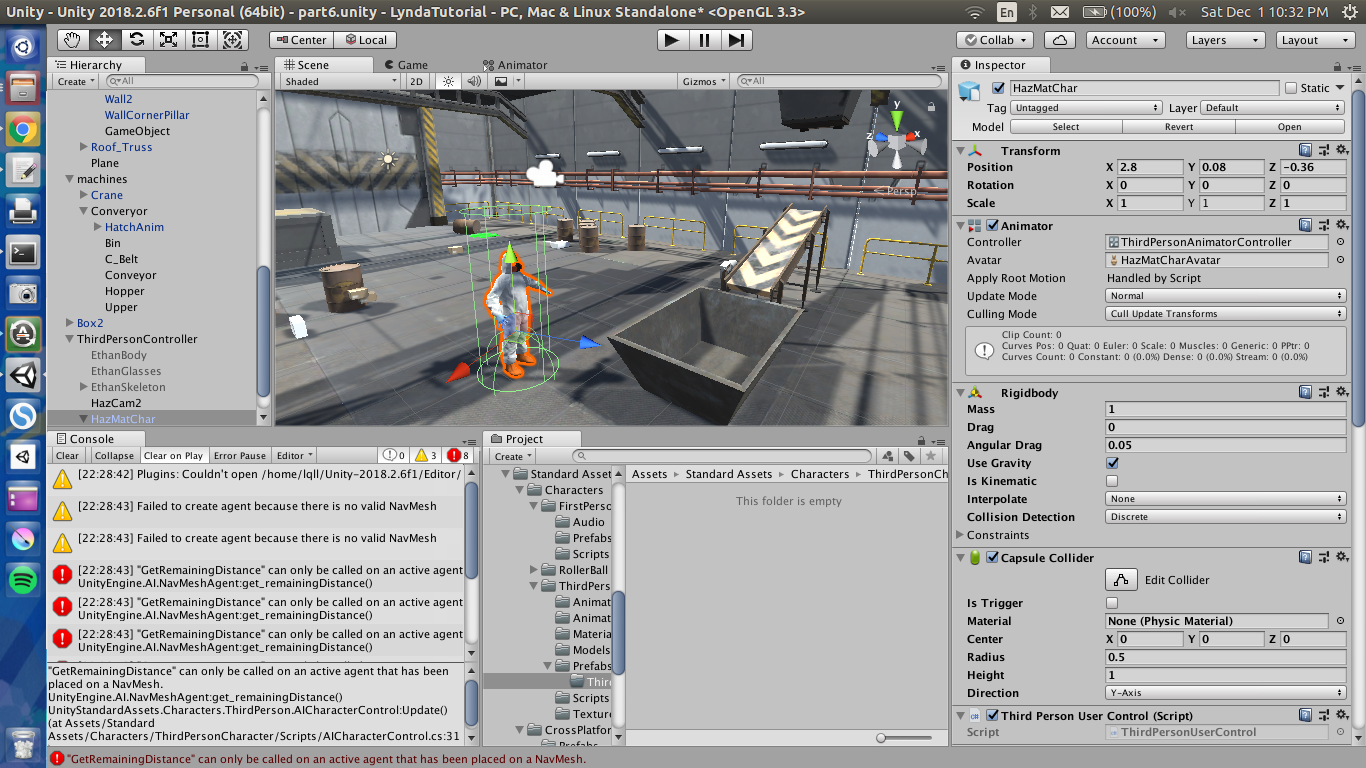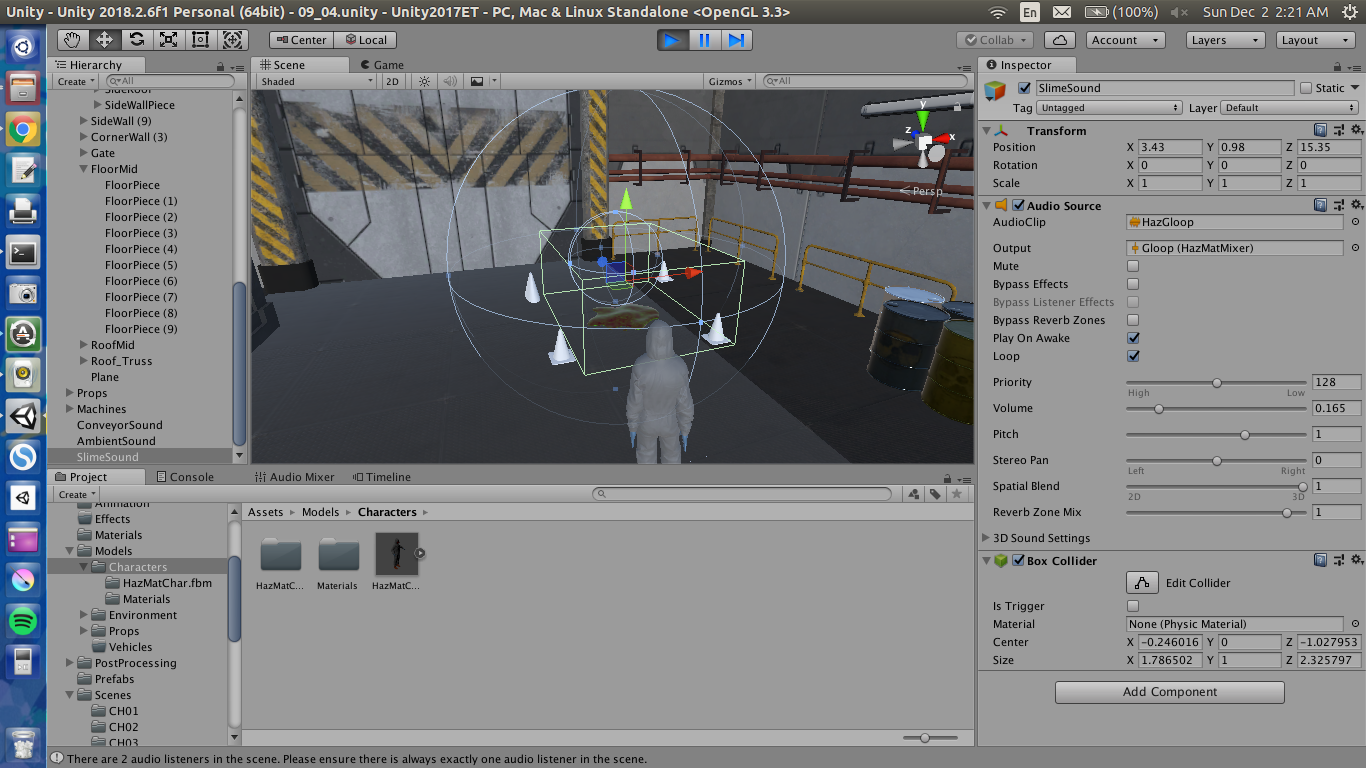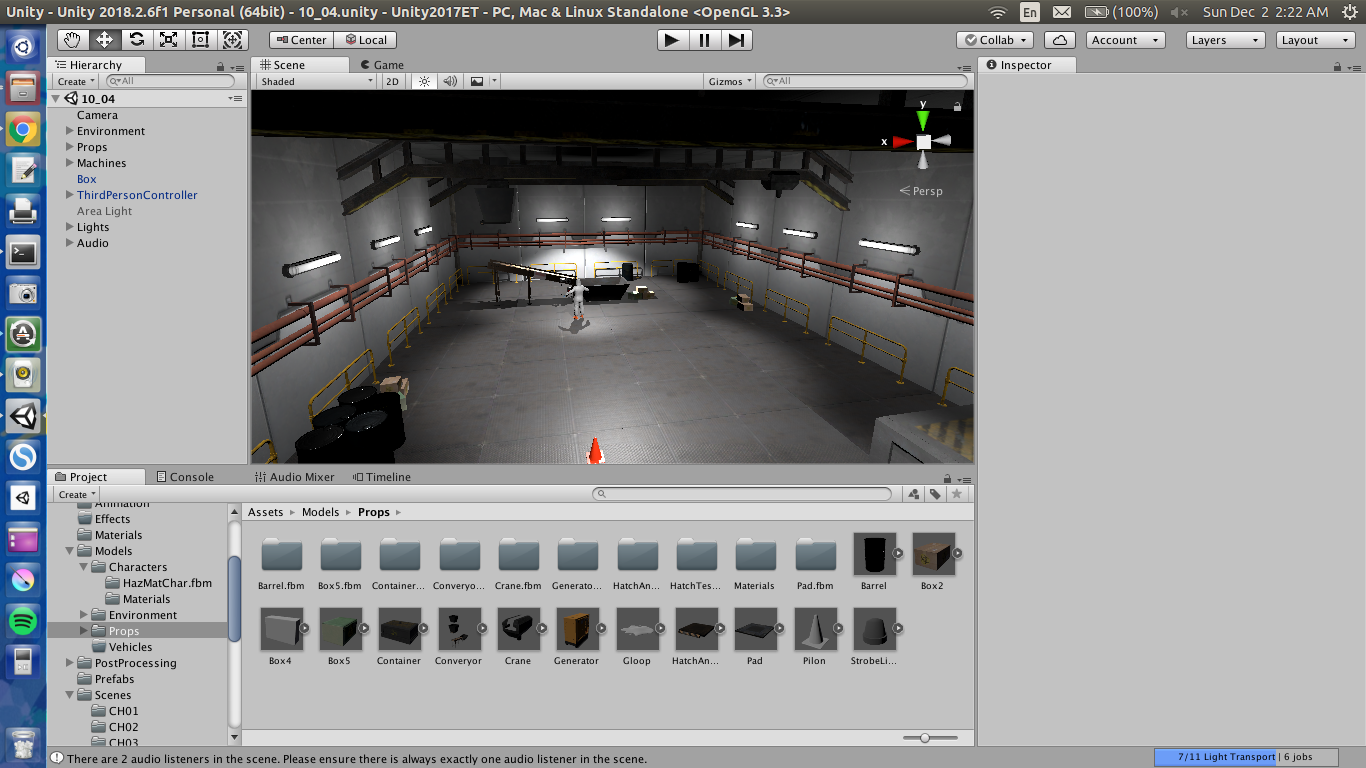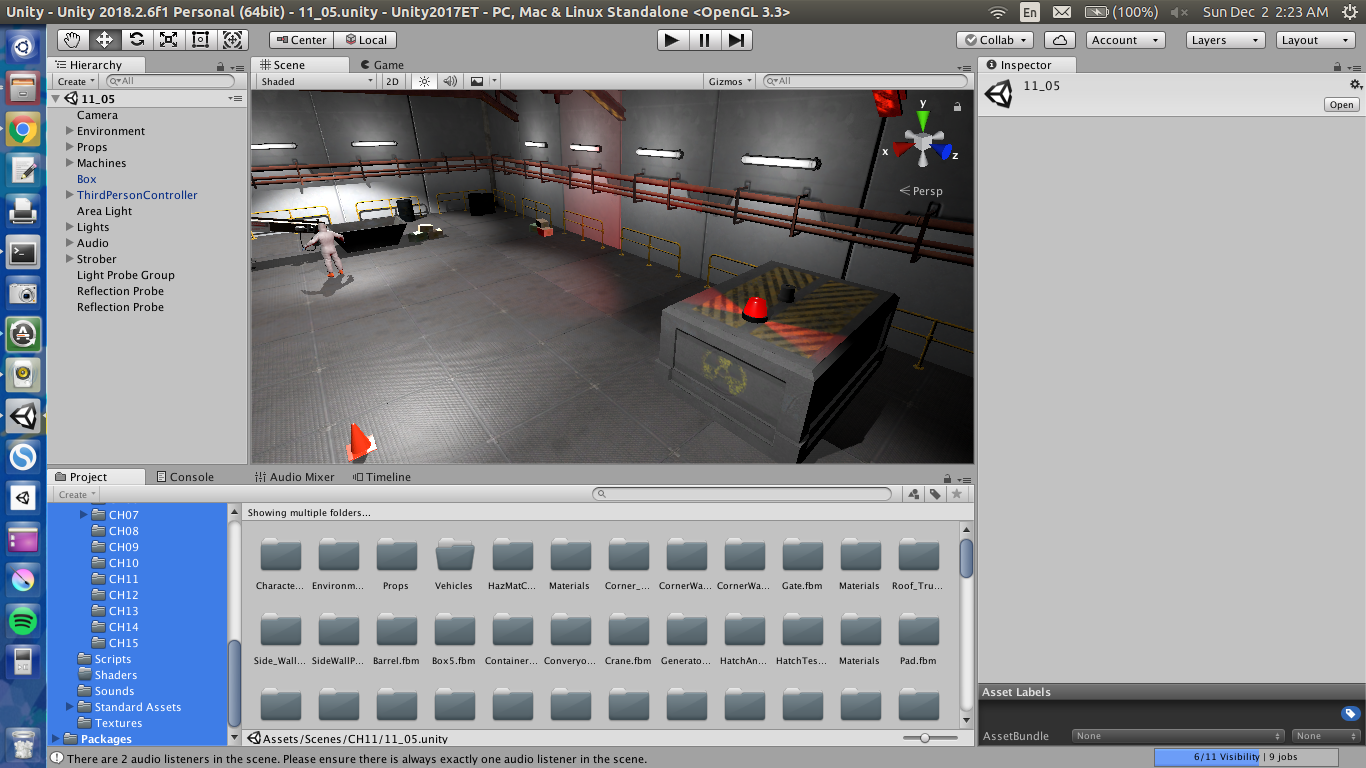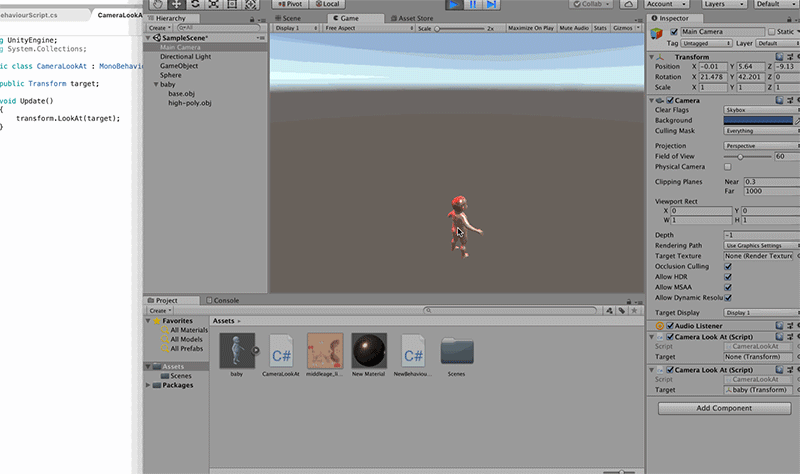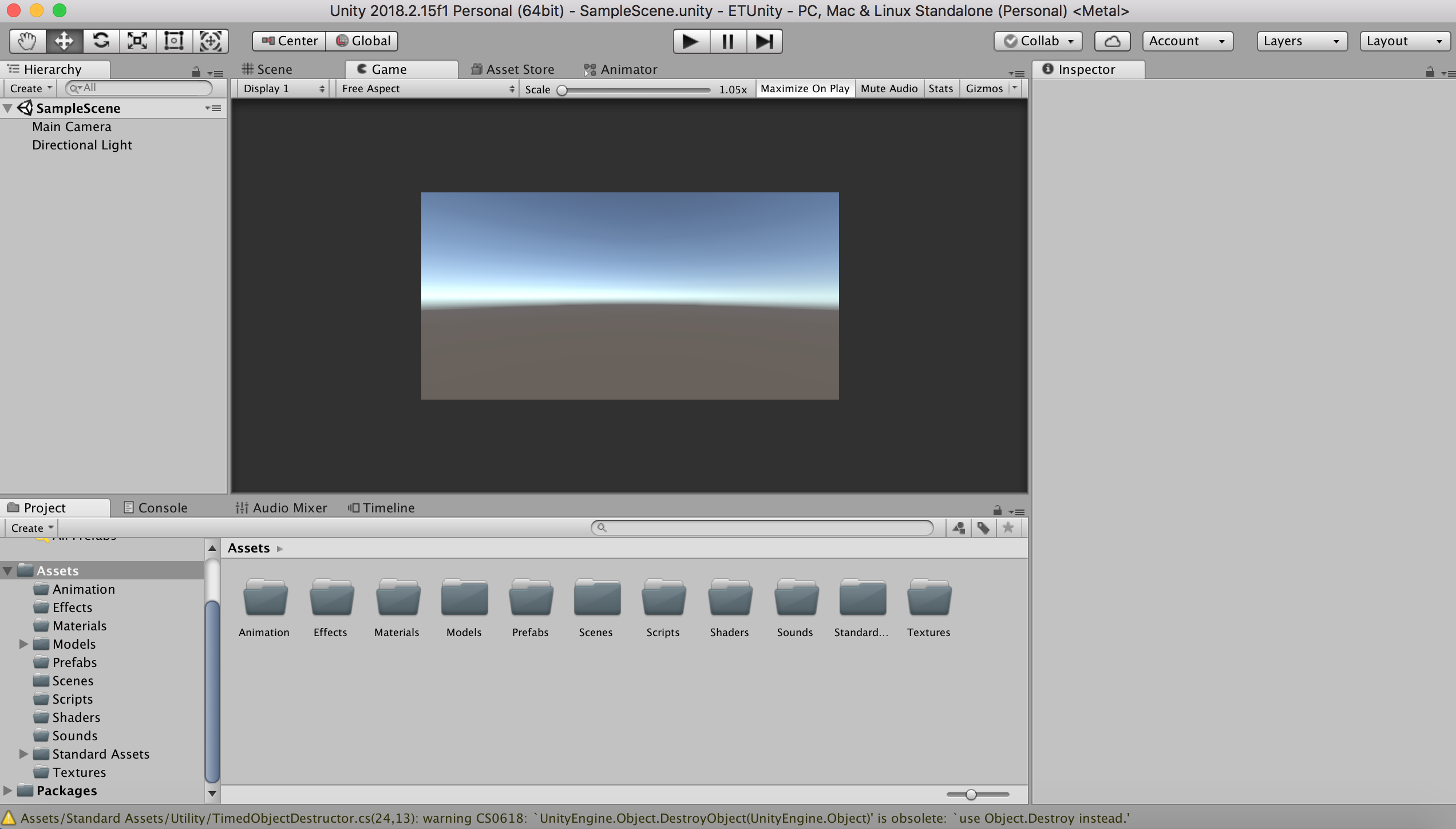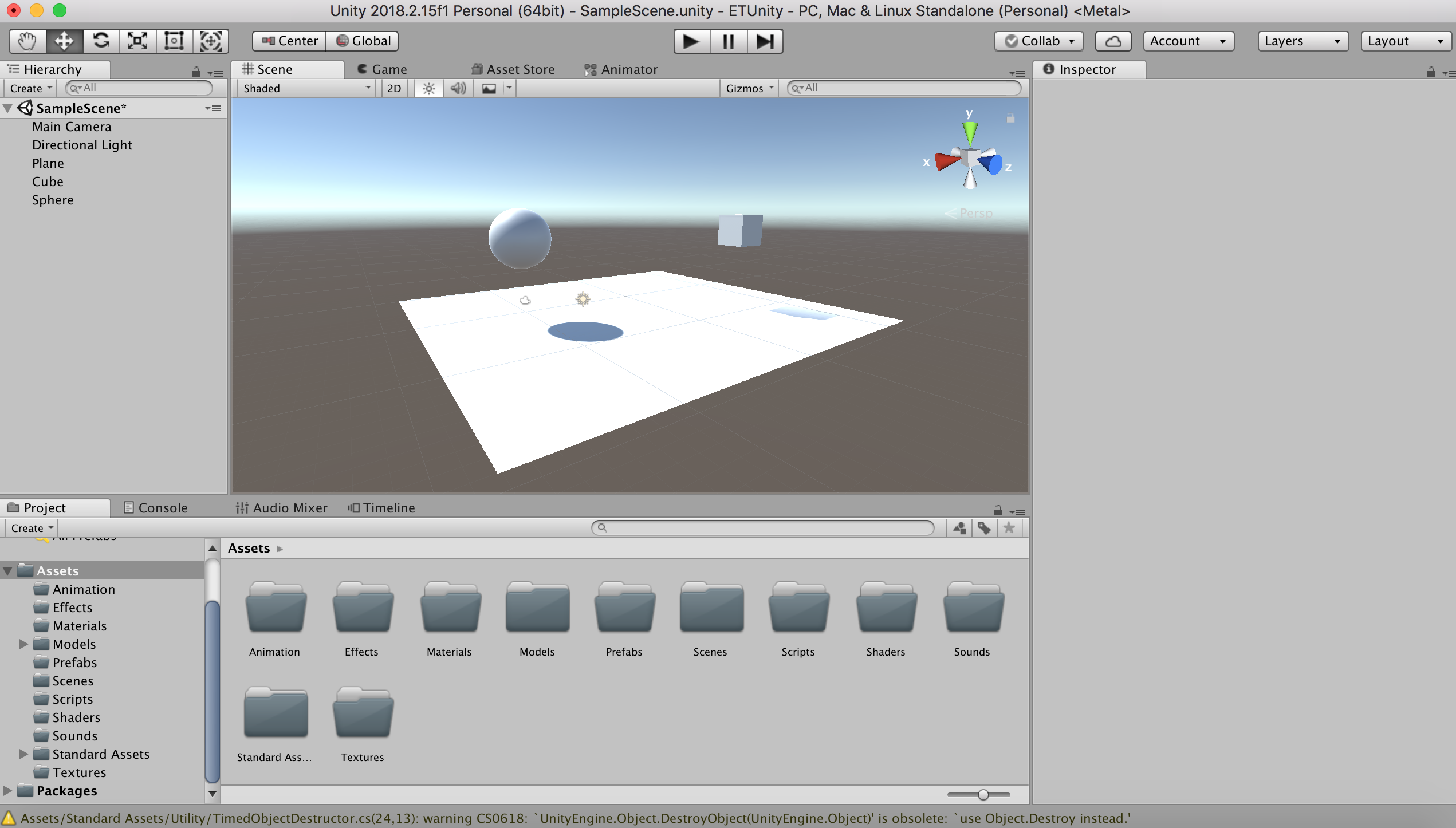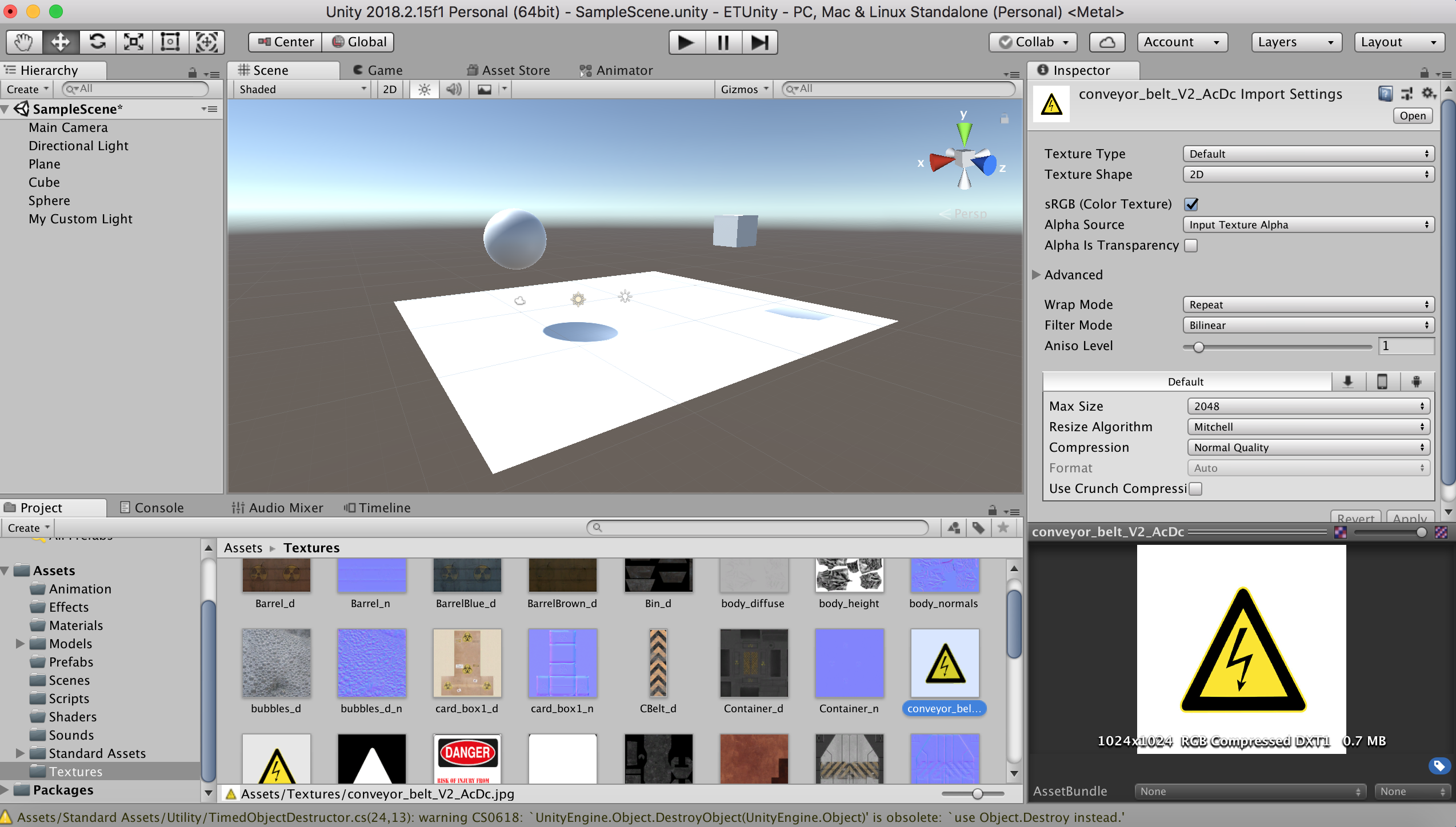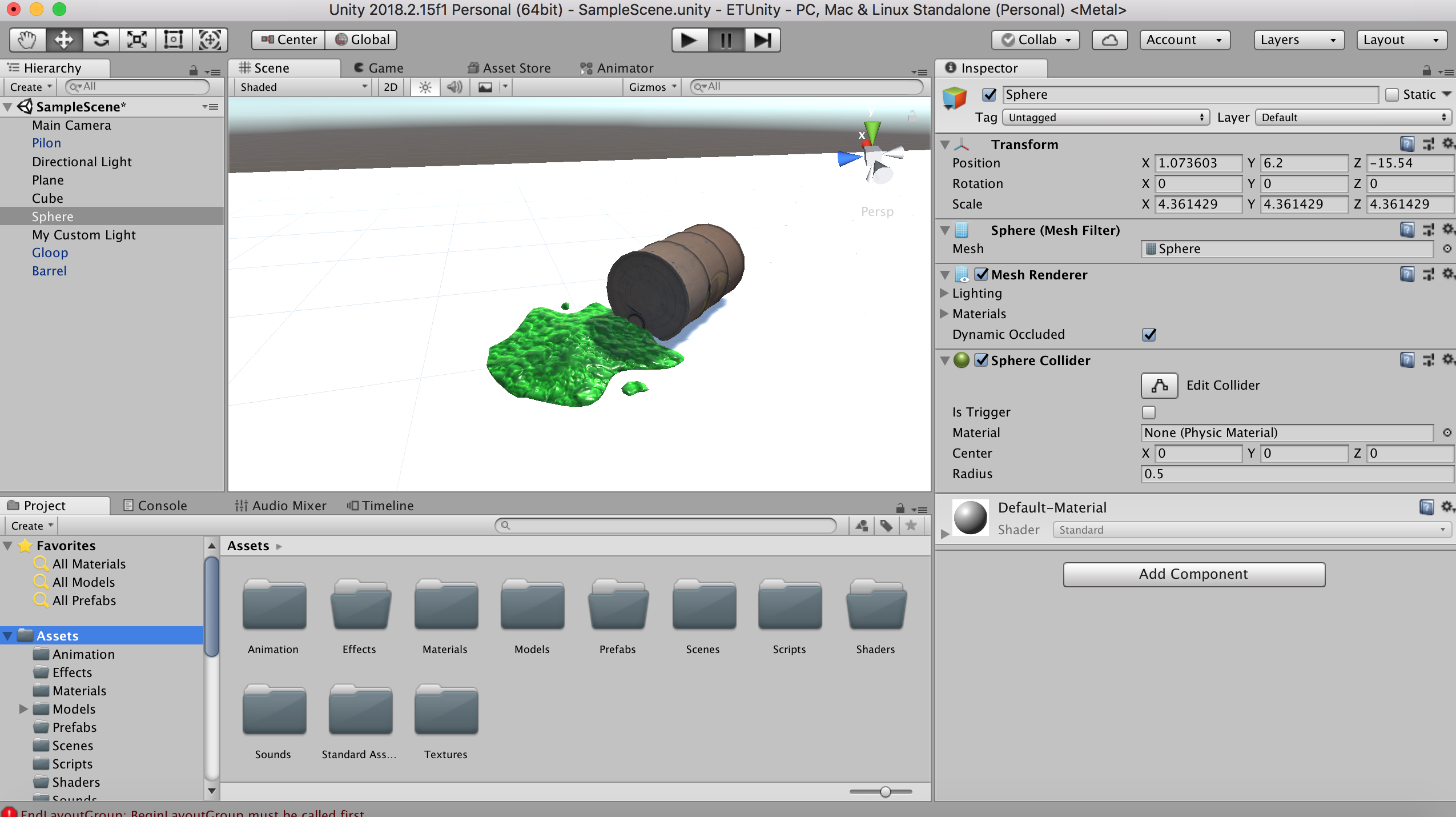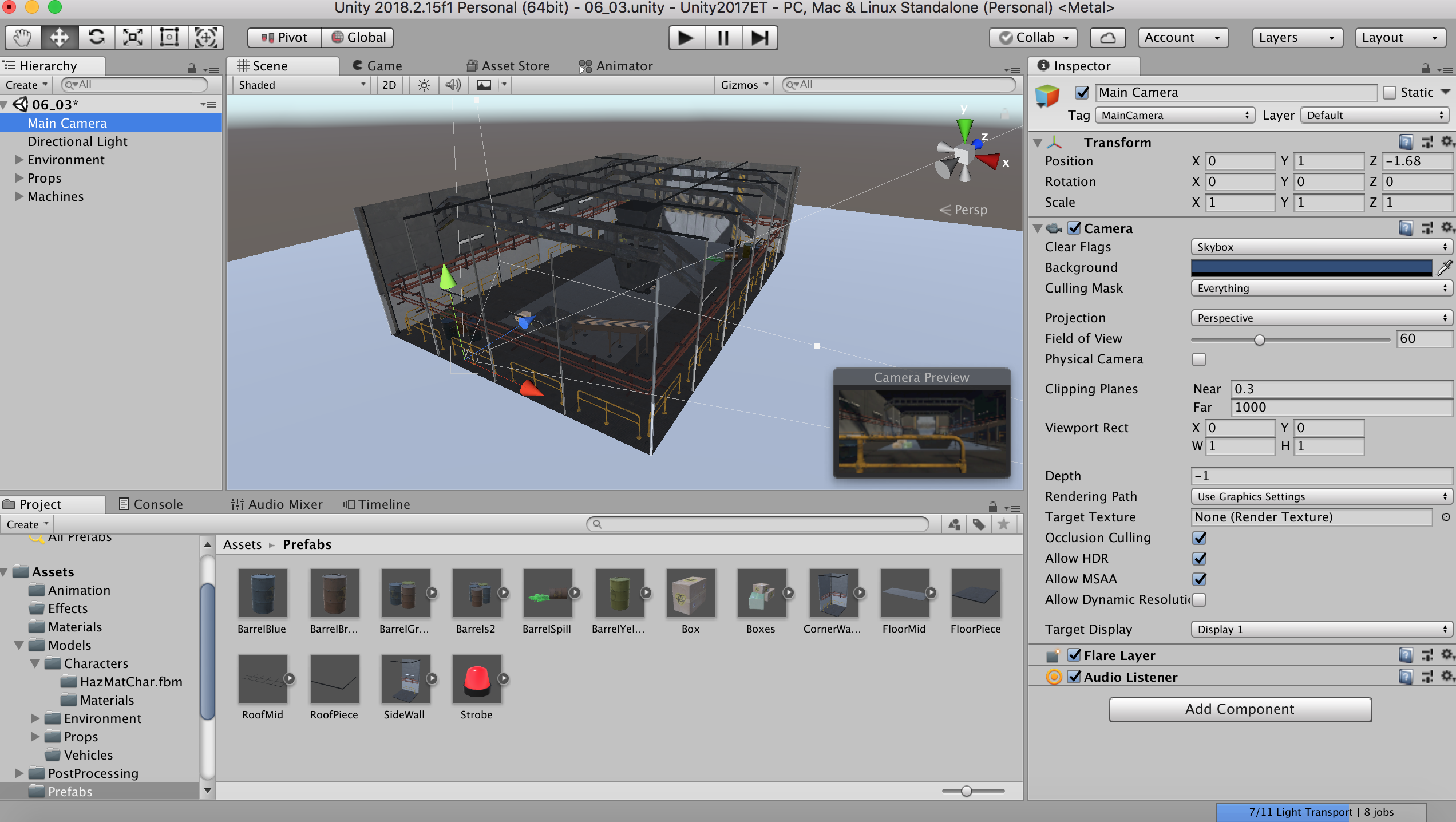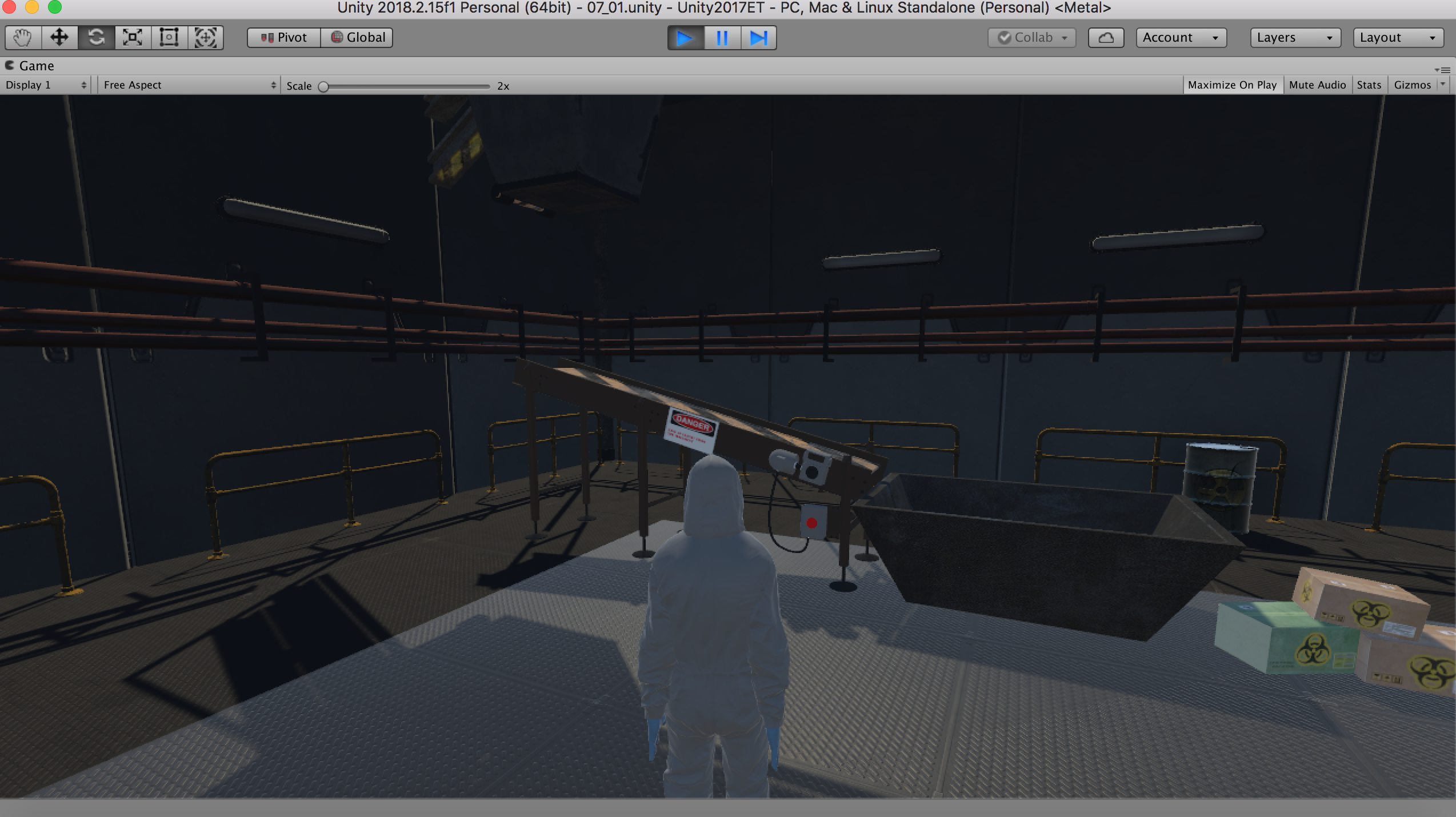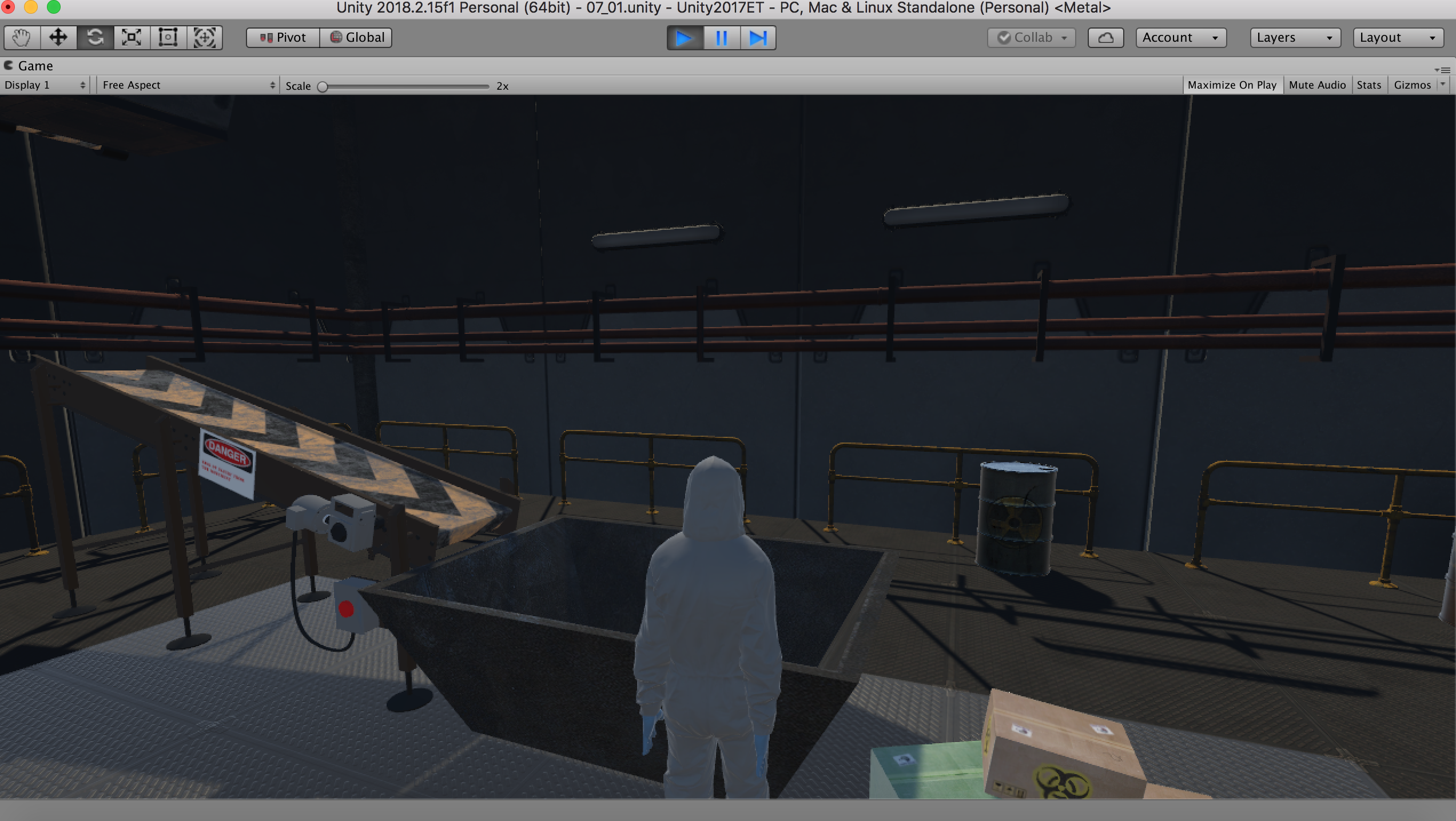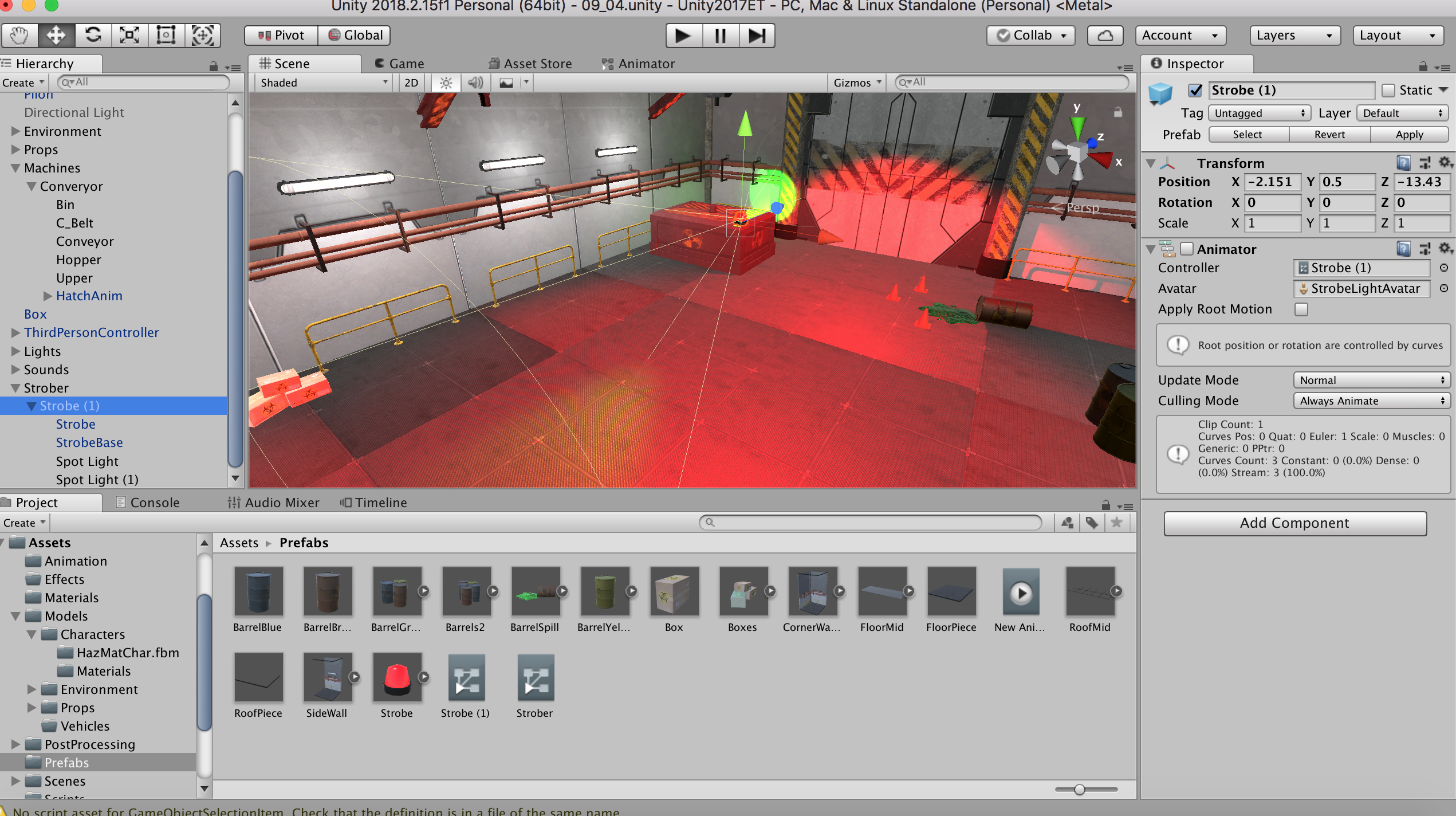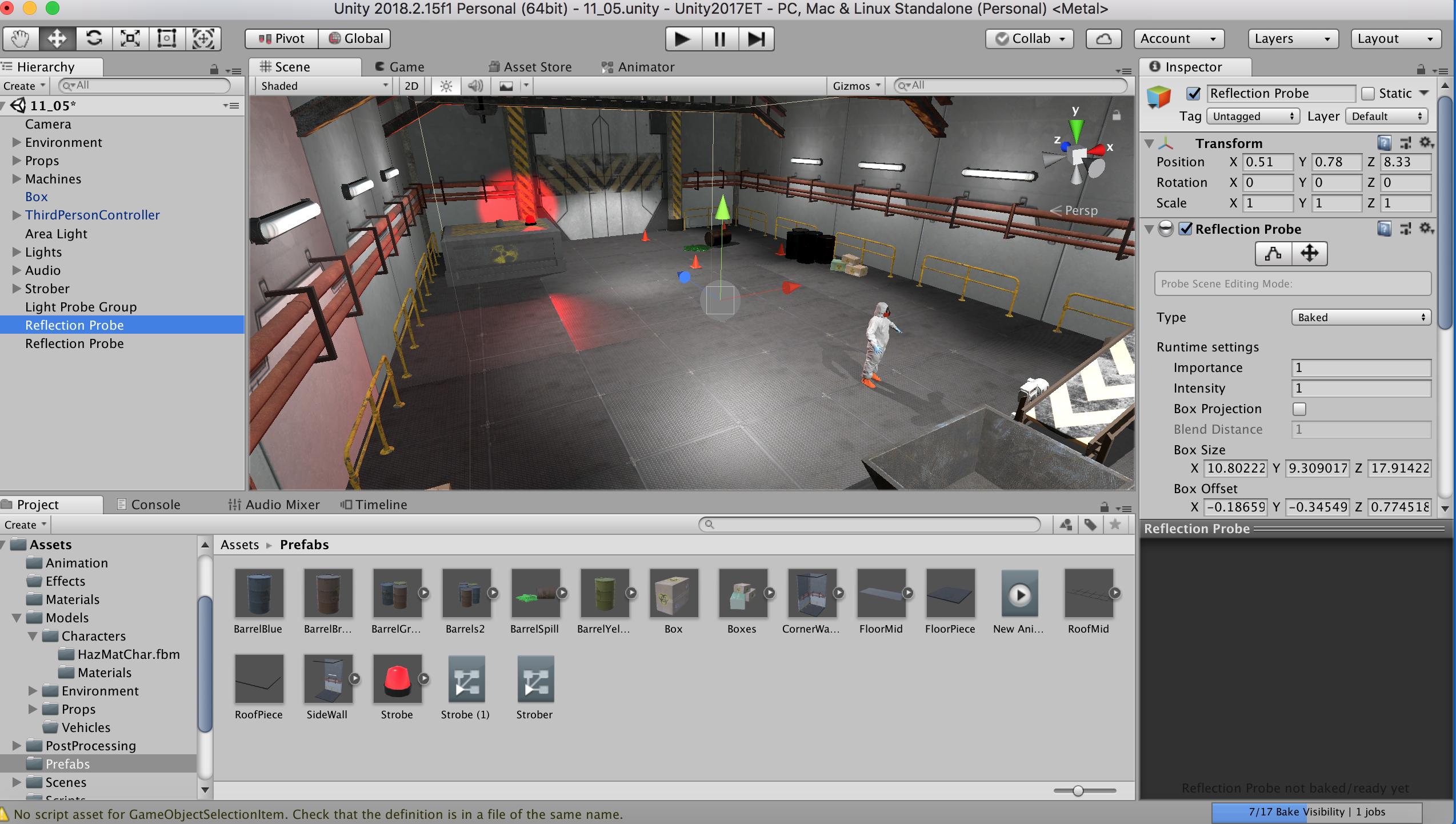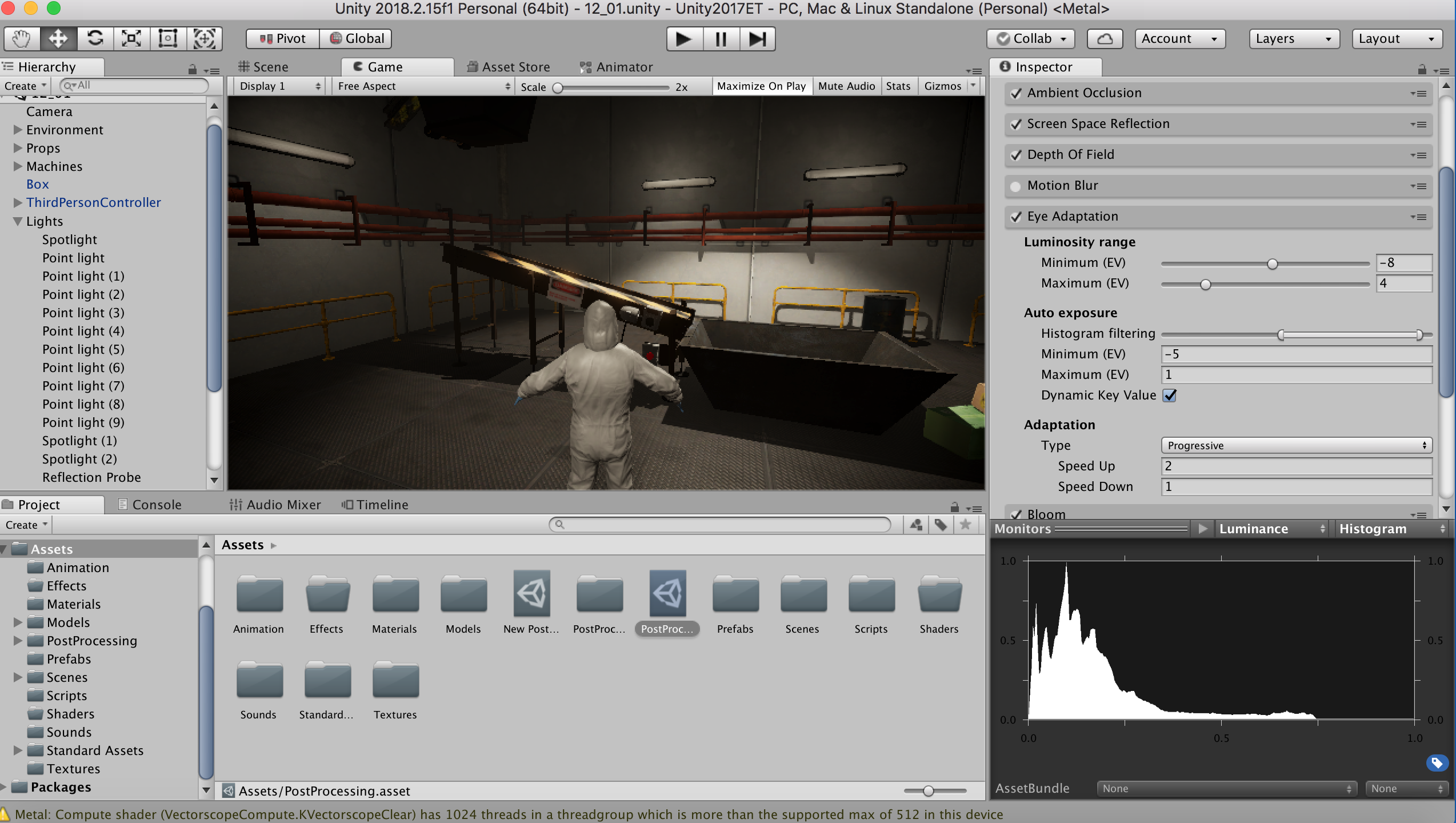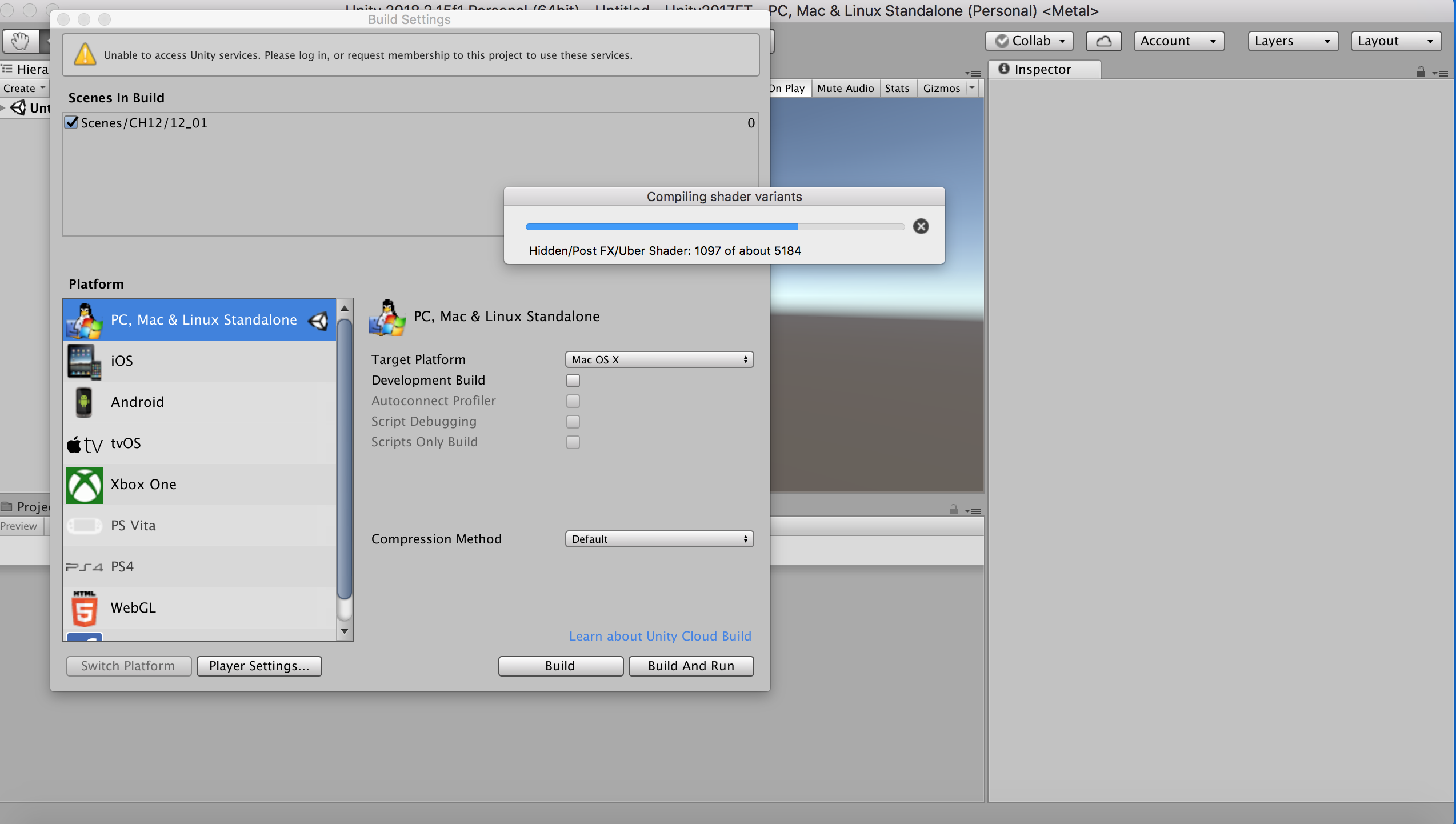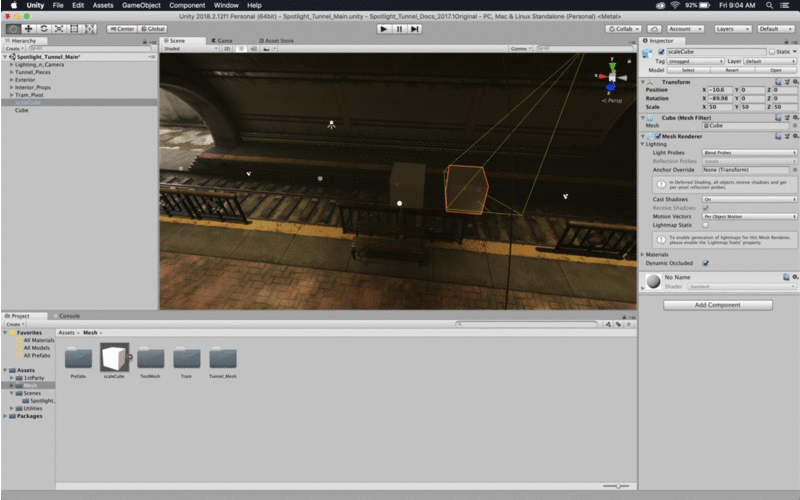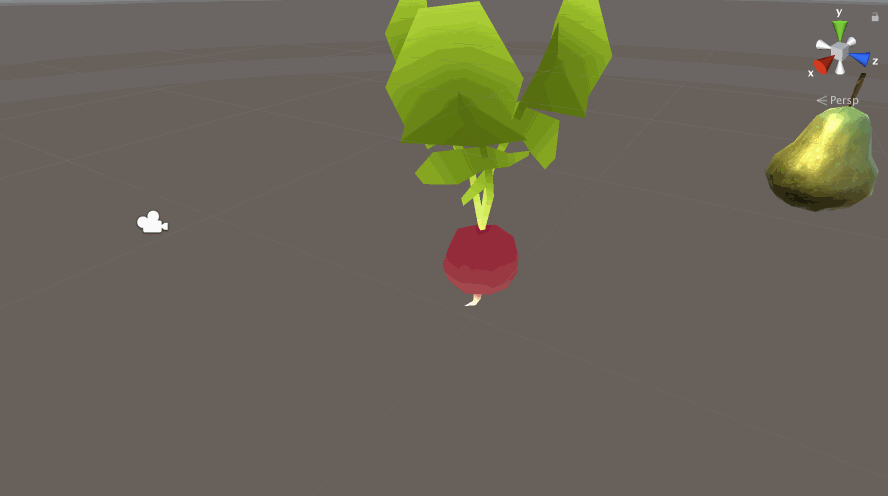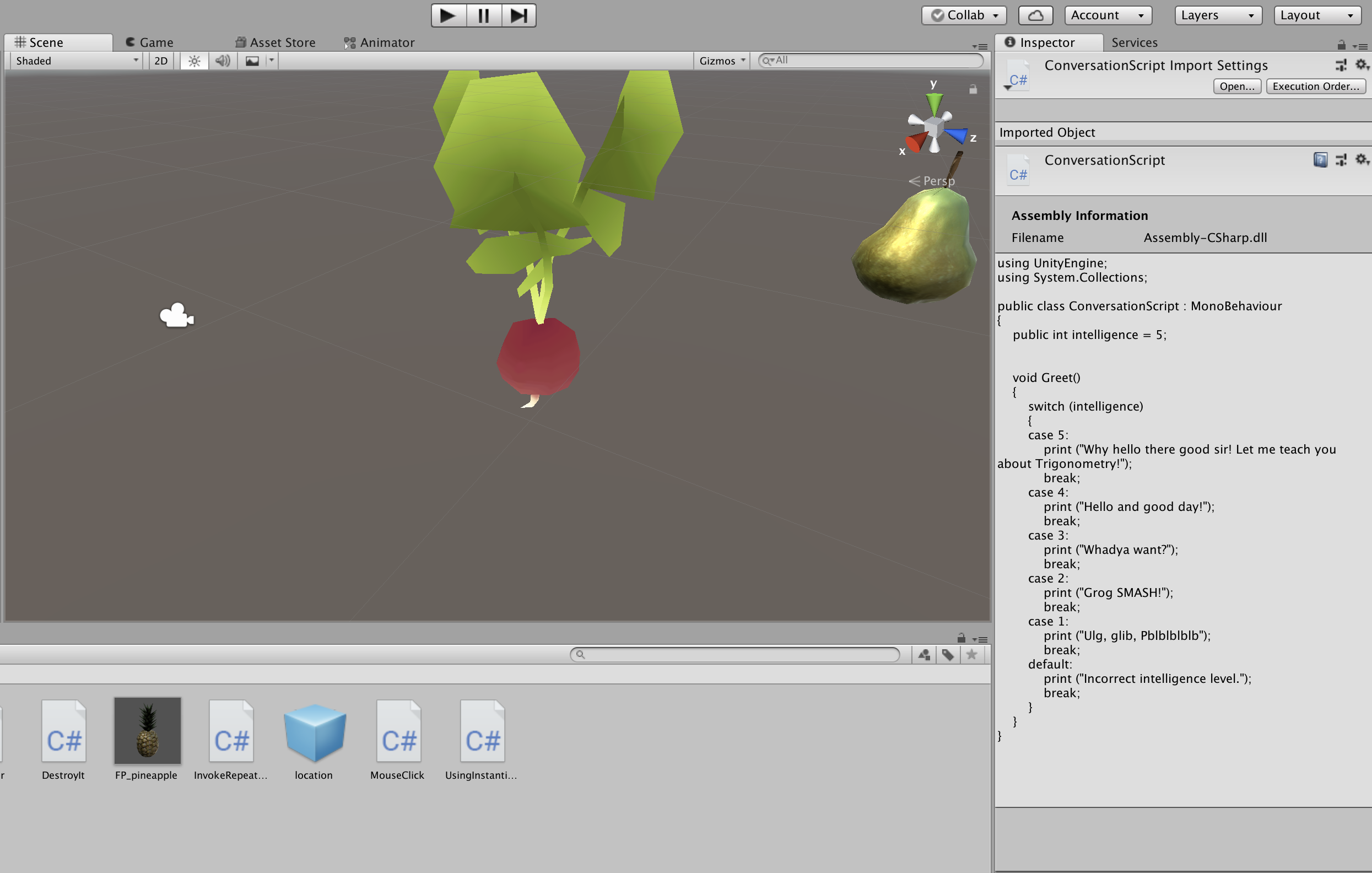This project is an android app intended to make sound from movement - each GPS coordinate in the general CMU region is mapped to a particular note, and as you move through space, say your walk from home to school, you make music.
I asked some friends of mine to use the app while on their commute from home to school, and these are the results I got:
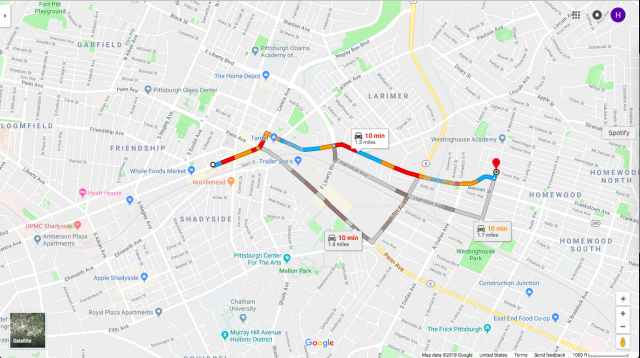



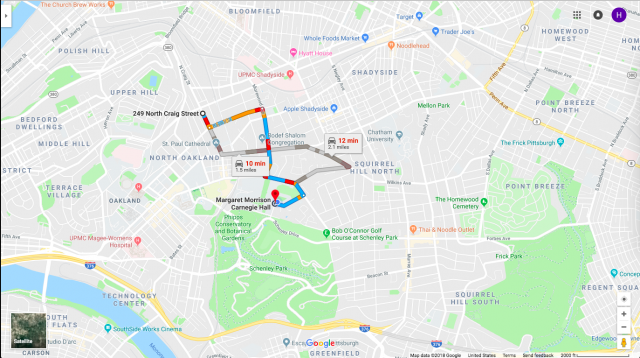
Here's a screenshot of the current app:
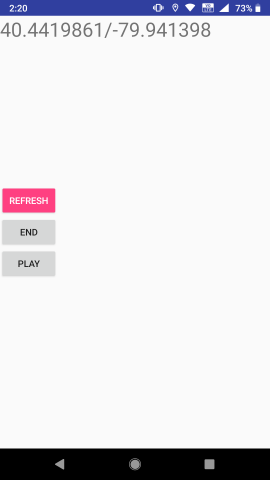
To be a little more projective, in another iteration I'd like to have the mapping of space and sound be a little more deliberate, instead of working at this large scale, it would be more interesting for example, to turn a street into a piano, where each step creates a note, and you need to hop between steps to make music. Here's a short video of what I imagine:
